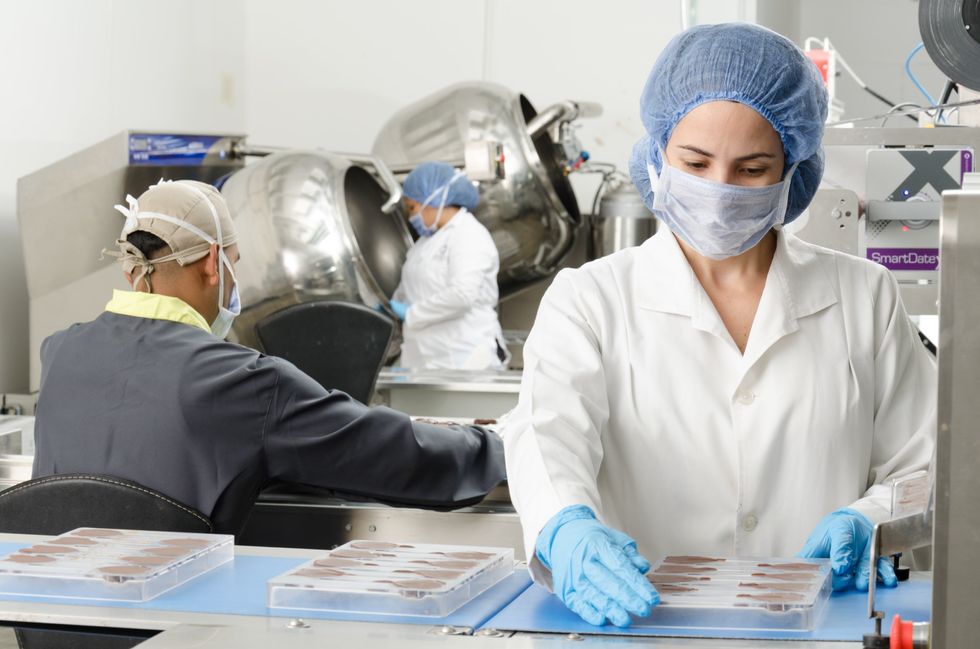The giant dumpster fire that is 2020 has officially hit the halfway mark. It seems like we've been living this year for eternity, partially because we've been stuck at home staring at the ceiling and partially because every day brings enough new disasters to account for at least nine years. While it can be too easy to be overwhelmed with the day's latest adventure, we are still technically in the middle of the coronavirus (COVID-19) pandemic. This means a majority of us are in our homes, or at the very least, limited to our neighborhood for our daily activities.
All this to say, new testing locations have popped up nationwide as states respond to COVID-19. Testing not only allows government and public health officials to more accurately track the pandemic and view patterns that may warn us about a resurgence, but it allows individuals to confirm whether or not they have (or have had) coronavirus. Knowledge is power and that holds true in light of viral infection.
The antibody test is available to almost anyone.
An antibody is a protein that is formed in response to an infection. The presence of antibodies in an individuals' system shows the body's attempt to fight off disease — if you have antibodies, it can be assumed that you have already contracted coronavirus. For this test, individuals will have their finger pricked to draw blood that a technician will then test for SARS-COV-2 (the virus that causes COVID-19) antibodies.
The ability to get a COVID-19 antibody test varies depending on the state, but available testing locations generally only ask that you get tested if you don't have symptoms and have not been sick in the last two weeks. This is because antibodies start developing one to three weeks after an individual has experienced the infection, so if you're just now feeling better from what you think was COVID-19, your antibodies may not show up on the test quite yet.
You can make a COVID-19 antibody test with your primary care doctor or find an antibody testing location near you.
The diagnostic test is available to those with semi-serious symptoms.
The COVID-19 test is a viral test (where a sample is gathered by swabbing the inside of the nose) that shows whether or not an individual has an infection containing SARS-COV-2. Some testing sites can have results by the end of the day, whereas others may need a couple of days for individuals' results to be confirmed due to an influx of testing.
This test is not yet available to anyone who wants it — individuals need to have physical symptoms of COVID-19 such as a fever, new loss of taste and smell, vomiting, and a sore throat. If you have mild symptoms, you may not qualify as a priority and may be told to wait it out at home (your primary doctor should be able to walk you through this). You can see the CDC's guidelines for who should be tested, but know that it may vary depending on your local state and city government.
A vaccine is in the works, but it looks like we won't have one until early 2021.
Many, if not all, individuals working in medical research are actively working toward developing a vaccine for COVID-19. There are multiple clinical trials underway for vaccines that experts have created within the last three months of mayhem in the United States, but it's a trial and error process until one proves to work effectively.
Optimists (and the White House's Dr. Fauci) consider the end of 2020 to see 100 million doses available for distribution, expecting 200 – 300 doses by early 2021.
























